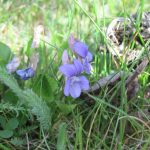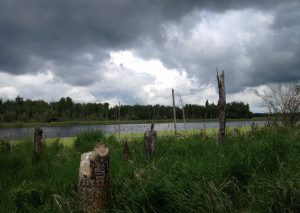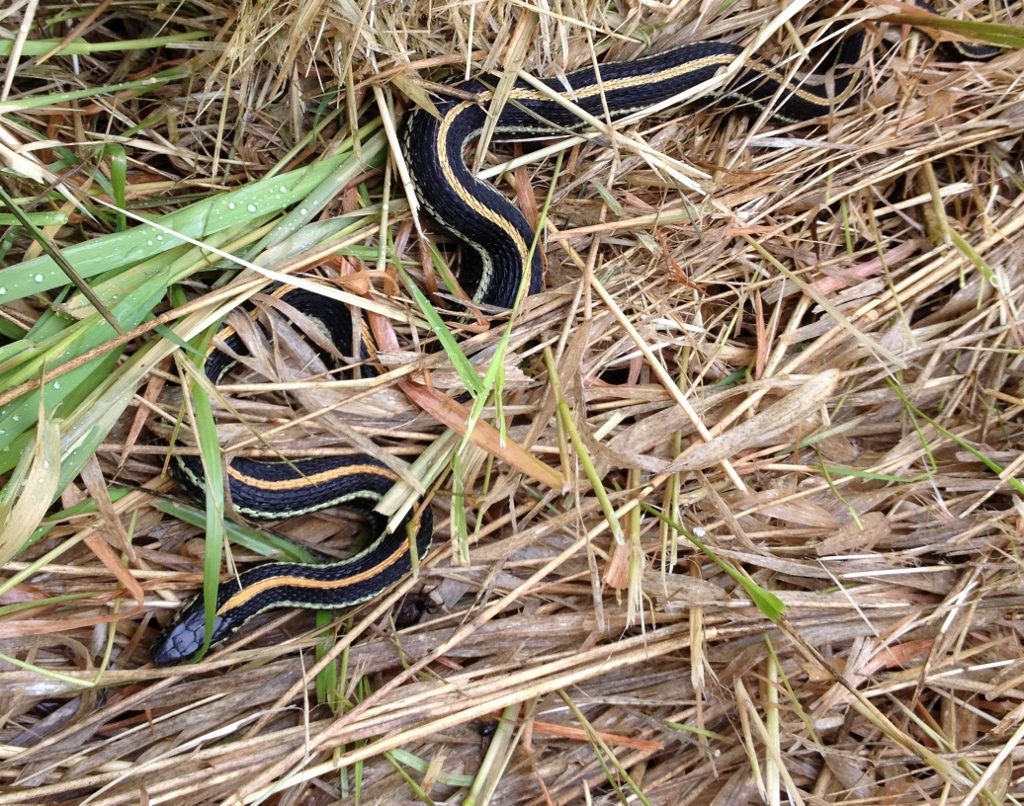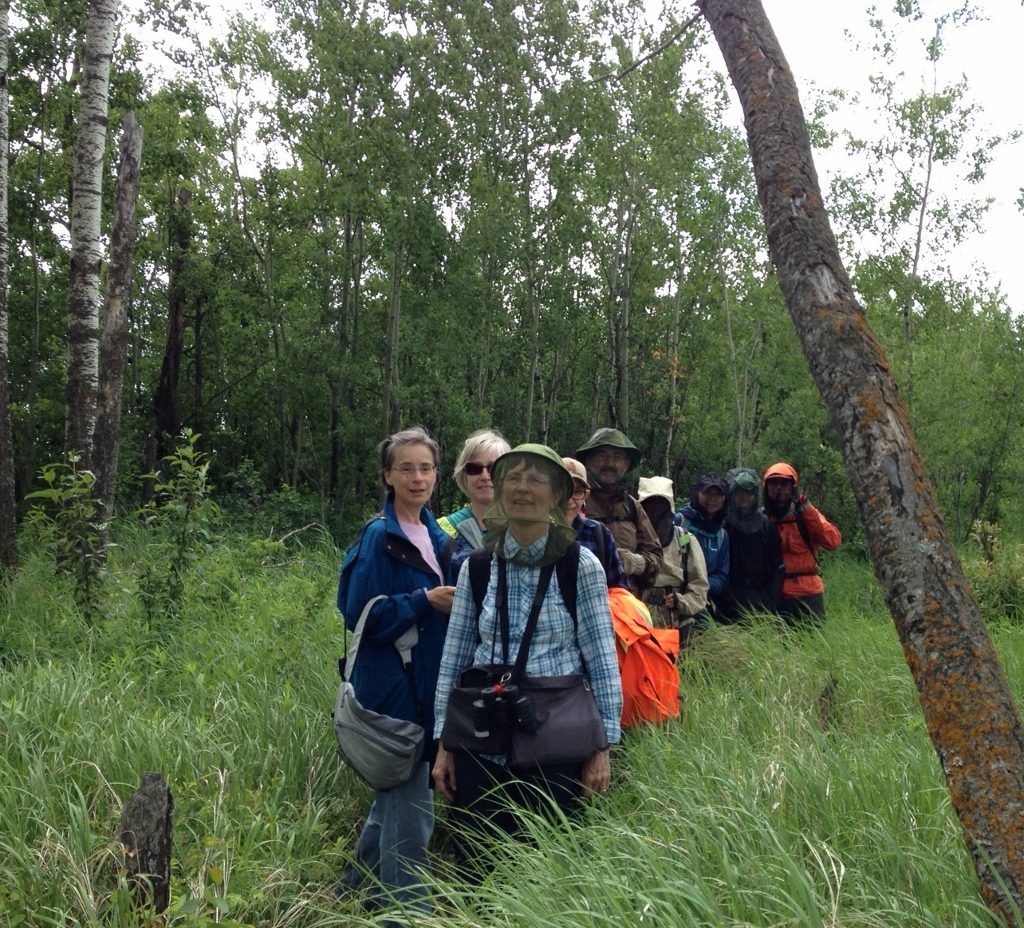Alberta Agriculture calls them range plants—”the native and introduced plant species” in the rangelands, including “grasses, sedges, forbs (e.g. weeds and flowers), shrubs and even trees.” In a recently updated report, the department explains that “[r]angelands provide an important source of forages for domestic and native animals as well as protection to the soil and watersheds.”
The report lists more than 250 species with their common names, latin names, origin (native or introduced), “grazing response”, and forage value. Grazing response is the reaction a species has to continuous defoliation, i.e. grazing and damage from being trampled on.

We encounter range plants all the time on the Waskahegan Trail. To those of us who are plant lovers (and there are a lot of us) the report is fascinating reading. Did you know that the young leaves of the chokecherry are poisonous to the foraging animals? Or that the early blue violet, which looks so delicious, is nutritionally poor?



